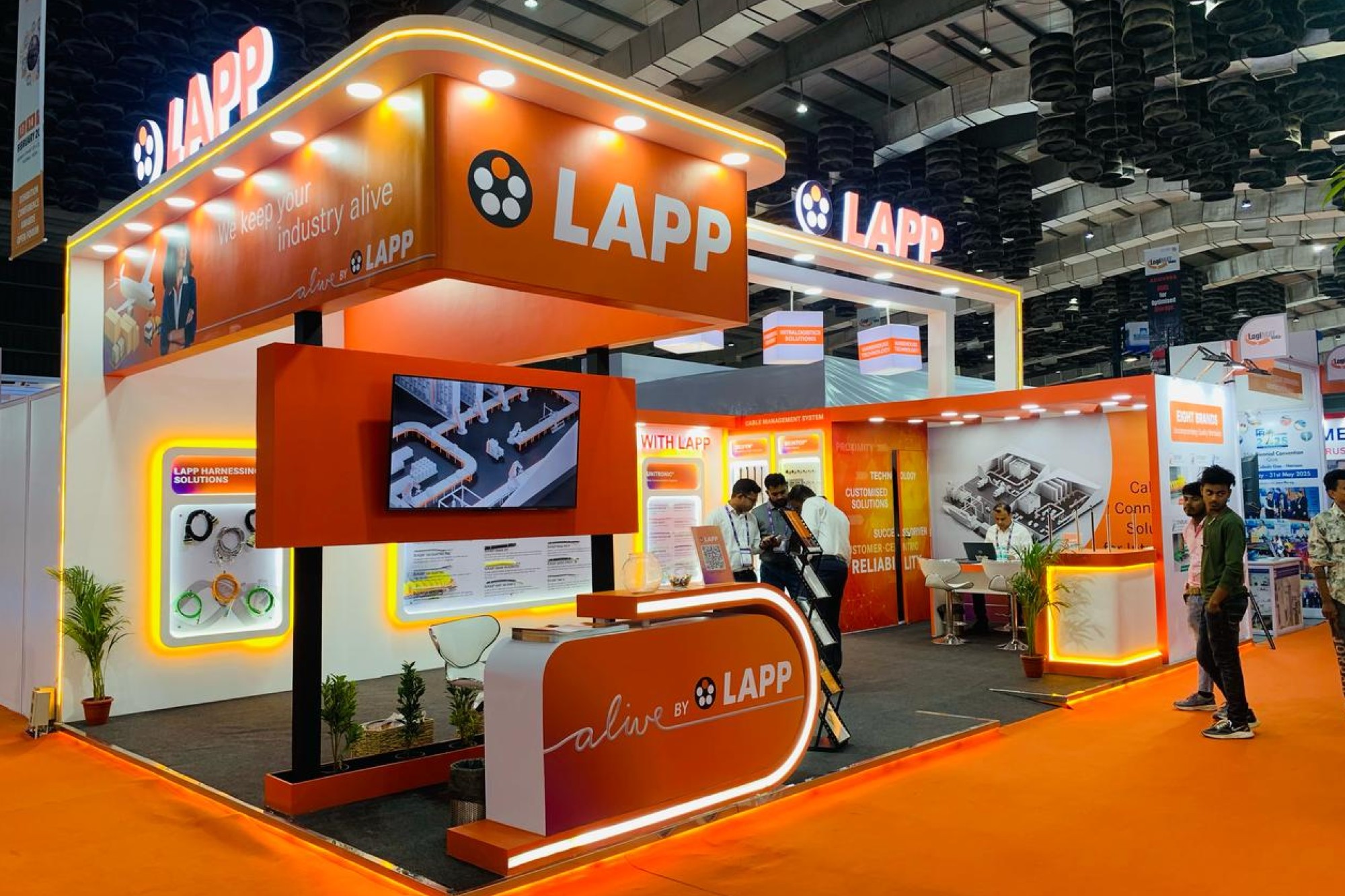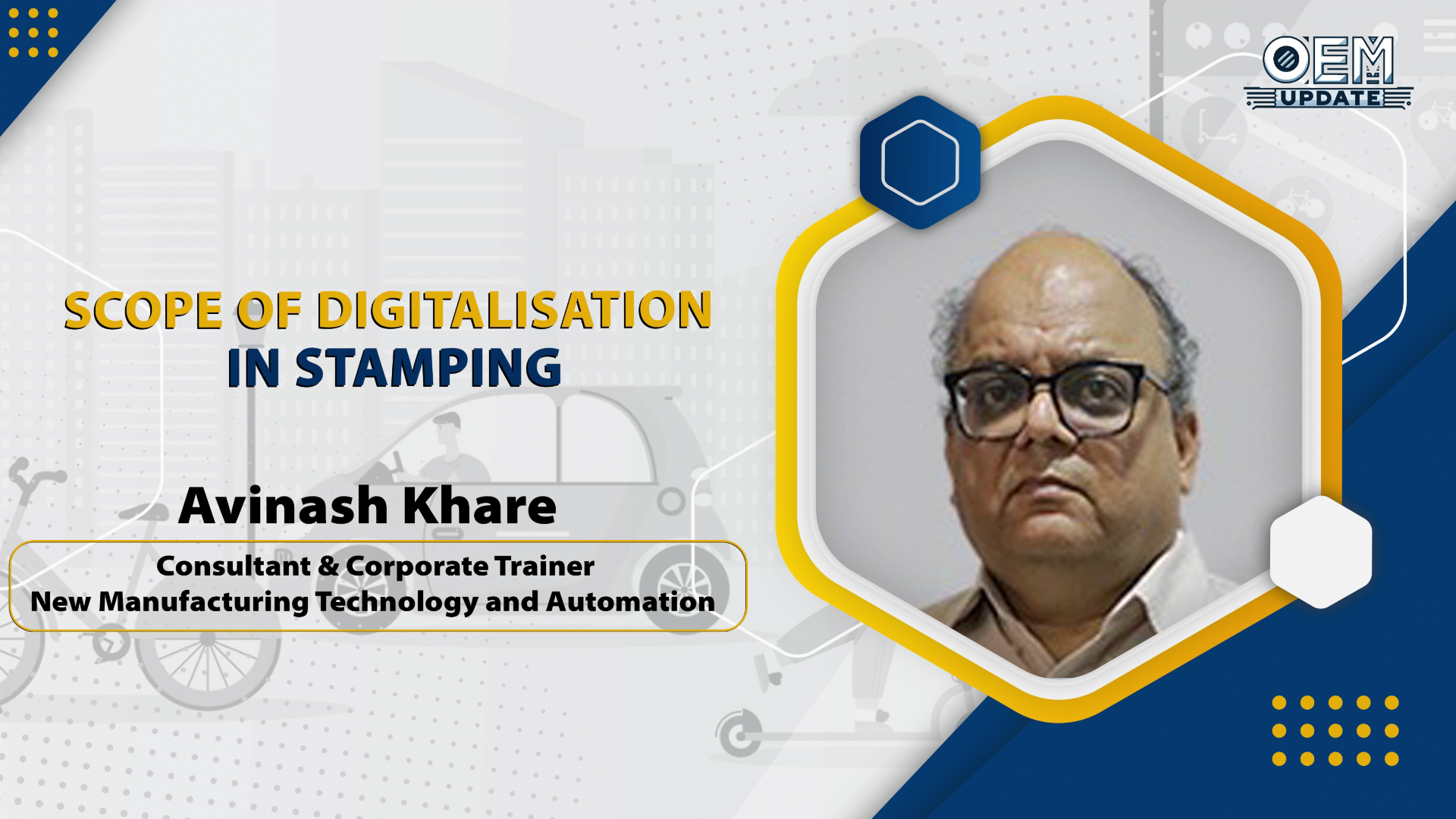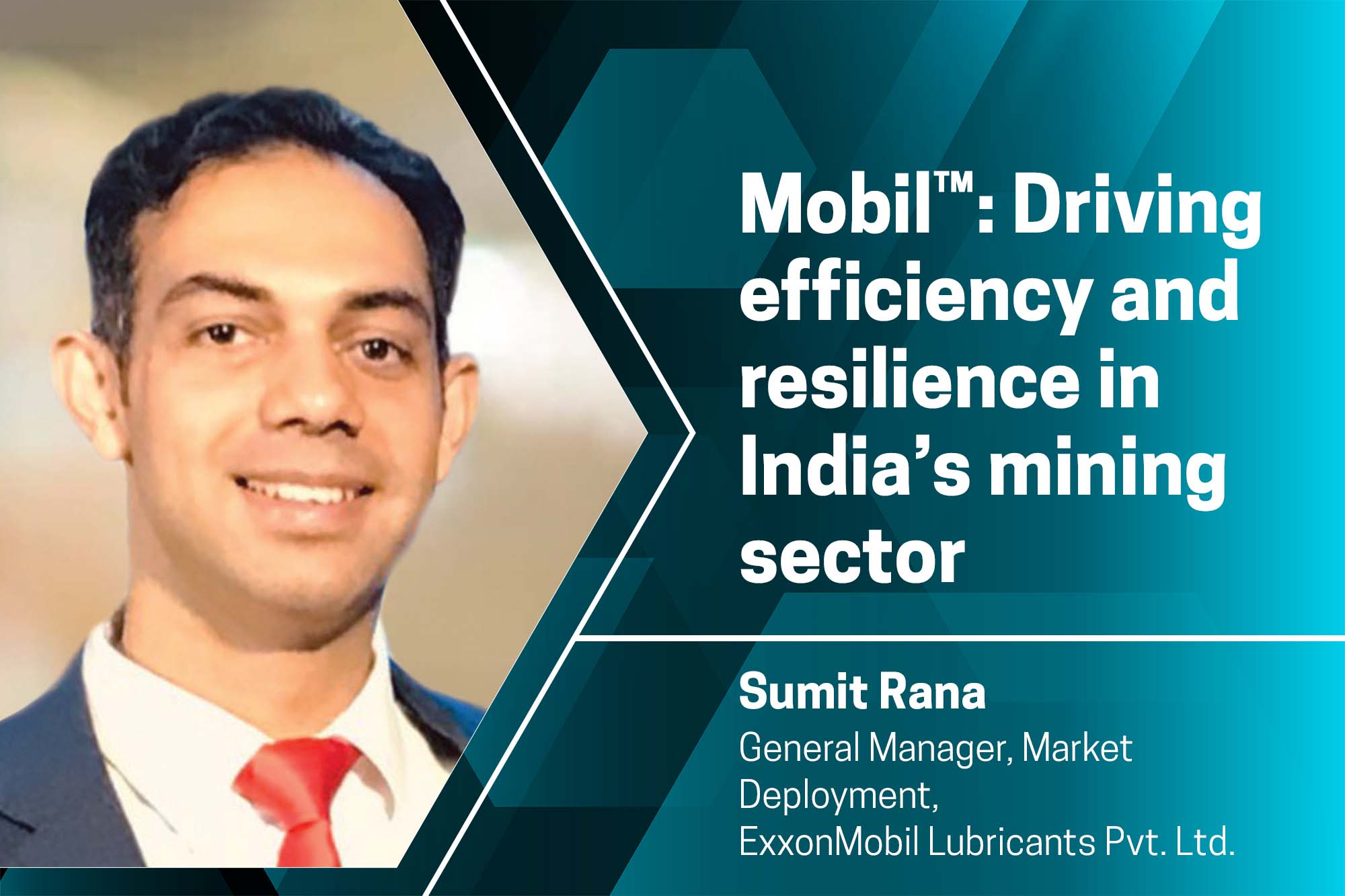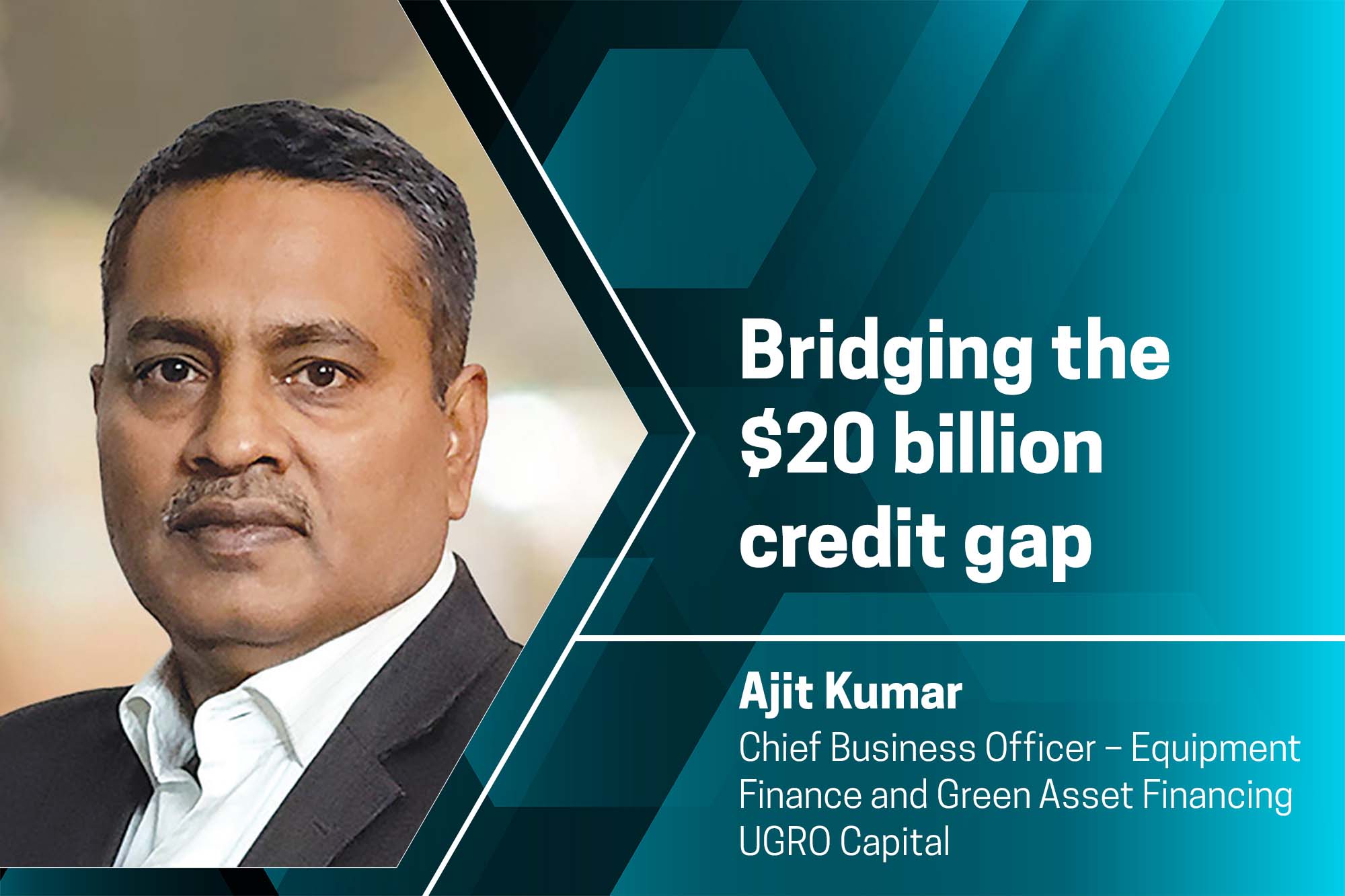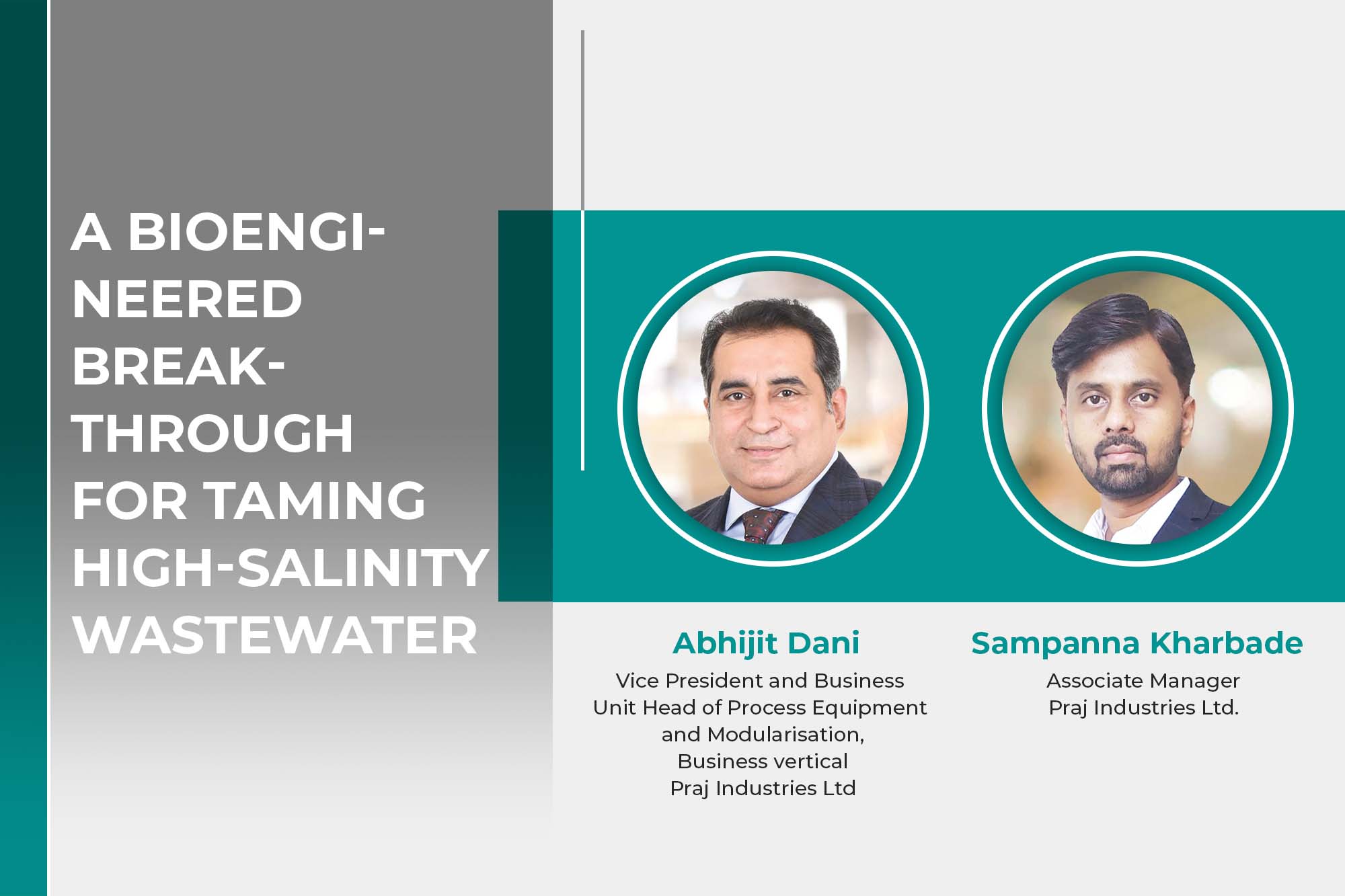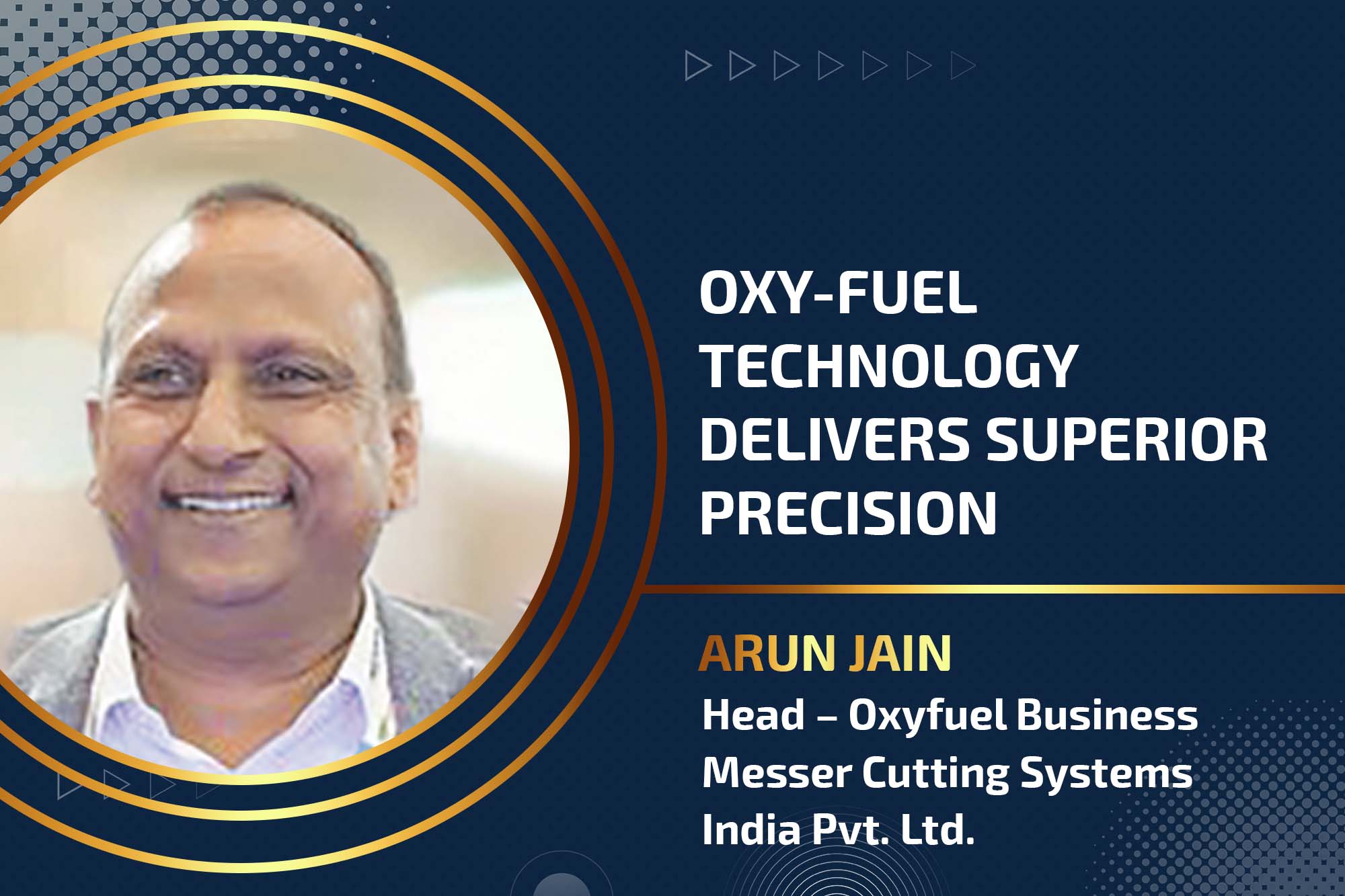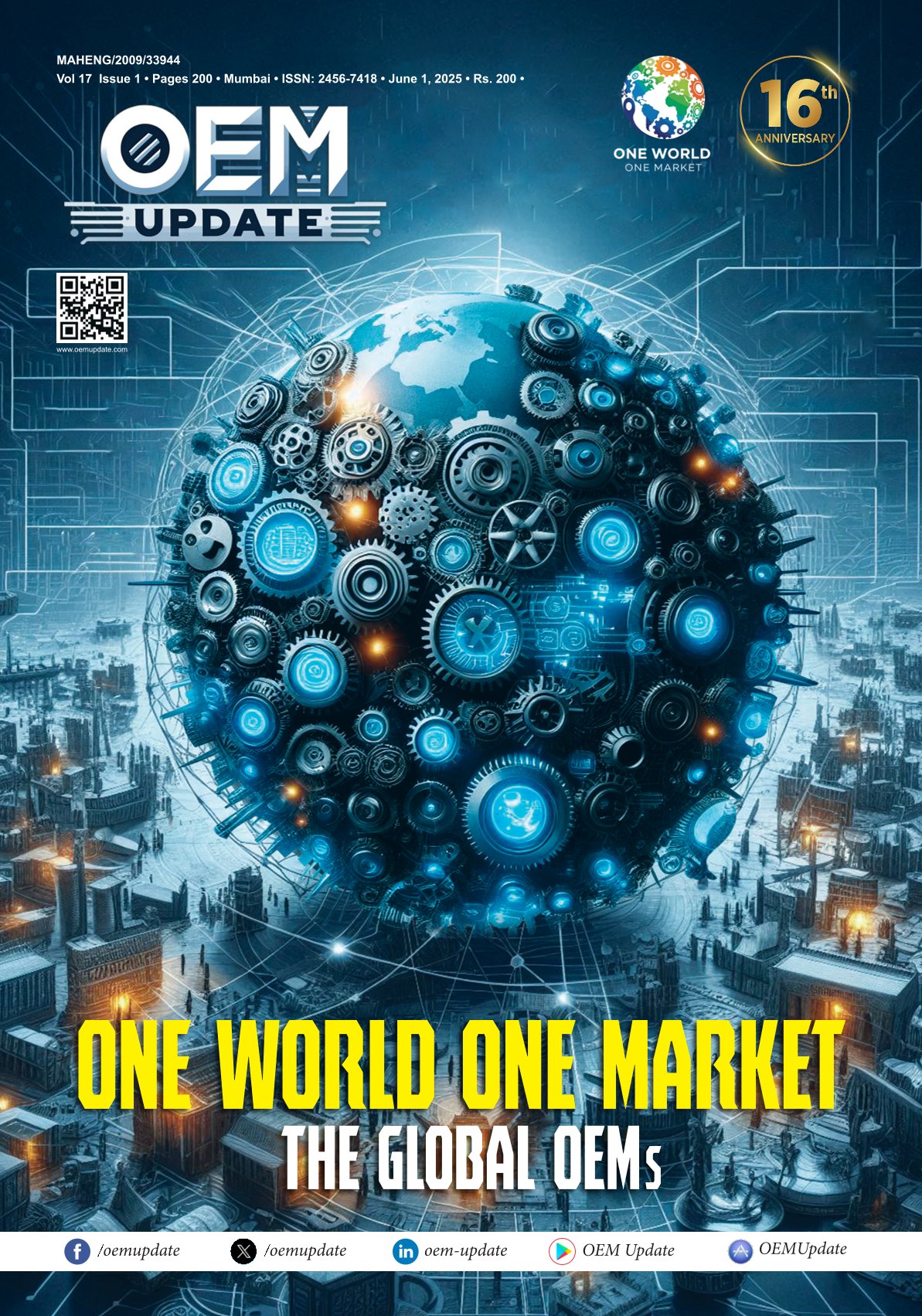Energy efficient distribution system: an urgent need in India
By admin May 15, 2013 9:42 am IST
“It is quite baffling that distribution loss in India at some places touch 60 per cent of the energy produced. This is because of the faulty distribution networks and other quality issues such as poor monitoring of lines, low quality of wires used and rampant thefts in the transmission lines,” writes Ashok Kaushik, Managing Director, Ensto India
Electricity is the most efficient way of transferring energy to those who need it. However, ensuring that energy is efficiently transmitted is completely a different ball game. The wide-spread blackouts that brought much of India to a sputtering halt in 2012 were a dramatic signal to the power sector that it requires attention. The national government has an ambitious goal to provide electricity to all with particular attention to the poor and vulnerable sections of society. This coupled with the country’s rapid progress in many sectors raise questions regarding the sourcing, transmission and distribution costs of the investments that will be needed to install and operate this infrastructure.The power ministry has set a target for adding 76,000 MW of electricity in the 12th Five Year Plan (2012 -17) and 93,000 MW in the 13th Five Year Plan (2017-2022). The Indian power sector is on a springboard, and given the right environment it can help the economy make that big leap. To bring a positive growth environment to a sector as important as power, the Government has initiated several policies to promote and garner investments in the power sector, like National Electricity Policy, Ultra Mega Power Project Policy, etc.
The Indian power sector has a transmission and distribution network of 5.7 million circuit kilometre, the third largest in the world. The various proposals in generation and transmission are currently under different implementation stages. However, there are problems in overhauling the power sector, since the accountability, operational efficiency, and customer service orientation remains low.
There is a very urgent need for better distribution system in India – before it is too late! Electricity demand is growing every day. The smart grid must be introduced in the near future and this means that requirements for reliability of the distribution network are very high. The distribution system has to be developed in order to optimise the three main factors of lifecycle costs for reliability and safety – operation, maintenance and losses.
Around 28 per cent of electricity supplied into the state level transmission systems is lost due to technical and non-technical reasons. Having said that, a large portion of this problem can be remedied by building a reliable network through perfect distribution network planning, right installation practices and by the use of high quality products, e.g. cable accessories and connectors. An initial investment constructing the right technology for distribution will ensure that energy is transmitted efficiently and the ambitious targets set for the power sector are closer to realisation than farther.
The main aim of the discoms has to be to increase the lifecycle of the distribution network to up to 40 years or more. High standard products are the cheapest in the end. Products with latest technology and superior quality not necessarily have the lowest prices, yet in the long run the total lifecycle cost will be low as compared to inferior quality products the irony is that most of the electricity distribution companies’ purchases happen only through public tendering. This many times ends up in buying poor quality products with drastically higher maintenance costs for distribution network.
High quality products make it possible to construct electricity networks with low failure frequency irrespective of parameter of voltage fluctuation. Products that are safe and consumer friendly are essential to ensure success of distribution systems. Industrial energy efficiency is essential for strengthening economies, protecting ecosystems and achieving social benefits. India being such a vast country, needs to be organised from the start to the end, starting with installation of transformers, smart grids and voltage boosters.
Cookie Consent
We use cookies to personalize your experience. By continuing to visit this website you agree to our Terms & Conditions, Privacy Policy and Cookie Policy.




